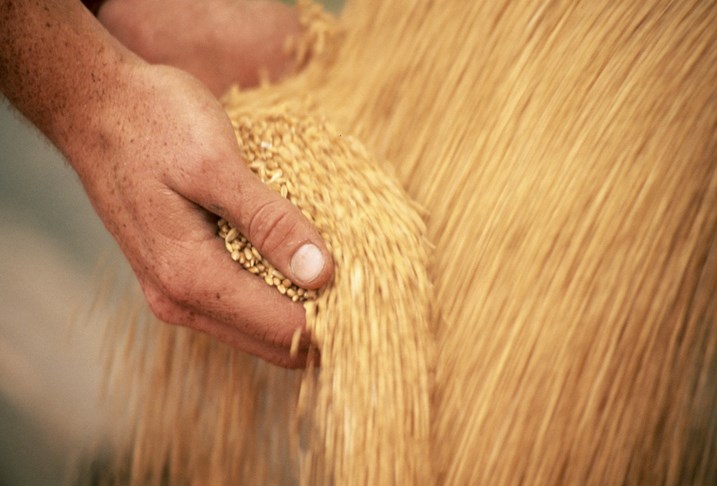YORKTON - There is not a lot to suggest the cloud of drought which hangs over the Canadian Prairies will have a silver lining for farmers but there is some good news that comes in-part because crop yields will be low.
Producers can anticipate some very high prices over the next few months as the full impact of the drought on production is better defined by actual crop in the bin numbers.
There are already suggestions out there that lentil demand is going to be high, partly because there has been a drought in Turkey as well and that country is a major lentil consumer.
India is also expected to be an active buyer, having reduced import tariffs in order to assure supplies there.
Of course those high prices won’t be fully realized by producers here with yields expected to be significantly below long term averages.
However, it might provide a bit of a financial buffer if the bushels which are produced are sold at higher than normal prices.
It’s the same across most crops, which is the good news of a sort.
But, not every bushel produced this fall will be able to garner the higher prices.
As a financial tool many producers forward price at least a portion of expected yield. The practice provides some known numbers for creating a financial plan.
For some producers the lower yields expected this year may not even fulfill the forward pricing contracts, which means no bushels to sell into a higher market now, and many producers will need to work with the contractor on just how they fulfill their part of the deal.
The other issue may well be what grade the grain comes off this fall.
With luck we won’t suddenly hit a wet spell which would be a disaster now that it is harvest time, but even with an open dry fall grades may be hit hard.
In the driest of areas, and that is large parts of the Prairies, the lack of moisture and extreme heat as heads filled, will mean less than fully developed grain in the head. The usual plump kernels simply will not be there and that can mean a lower grade, which in turn means lower prices.
And while the situation is not good at present, and it is only August, there has to be concerns when looking ahead to 2022 as well.
We haven’t gotten a lot of fall rain in recent years, and even winter snowfall has not been huge of late, and both things would be good in terms of replenishing soil moisture levels pre-seeding 2022. If those things do not occur, big fall rains and lots and lots of snow, producers are going to need spring rains to get a crop growing, but not so much they can’t plant, and then a far wetter summer than we have had in 2021.

